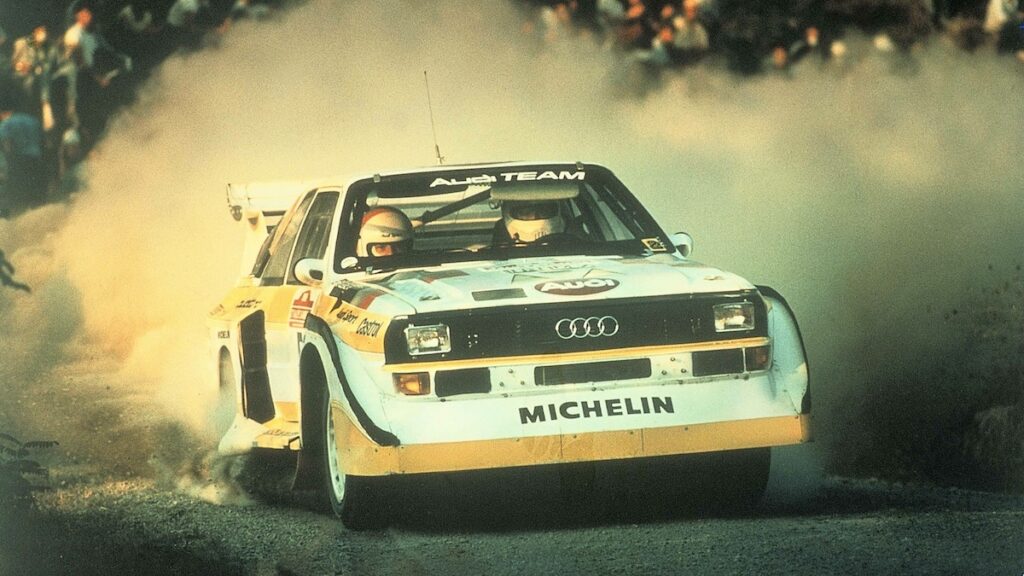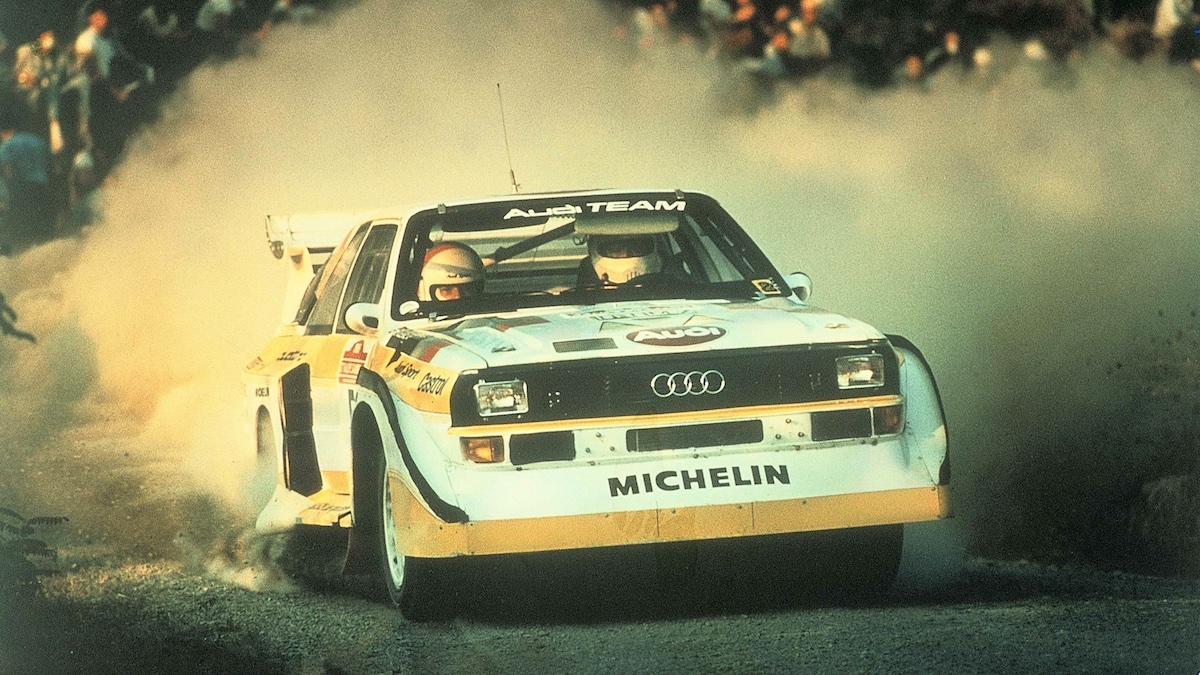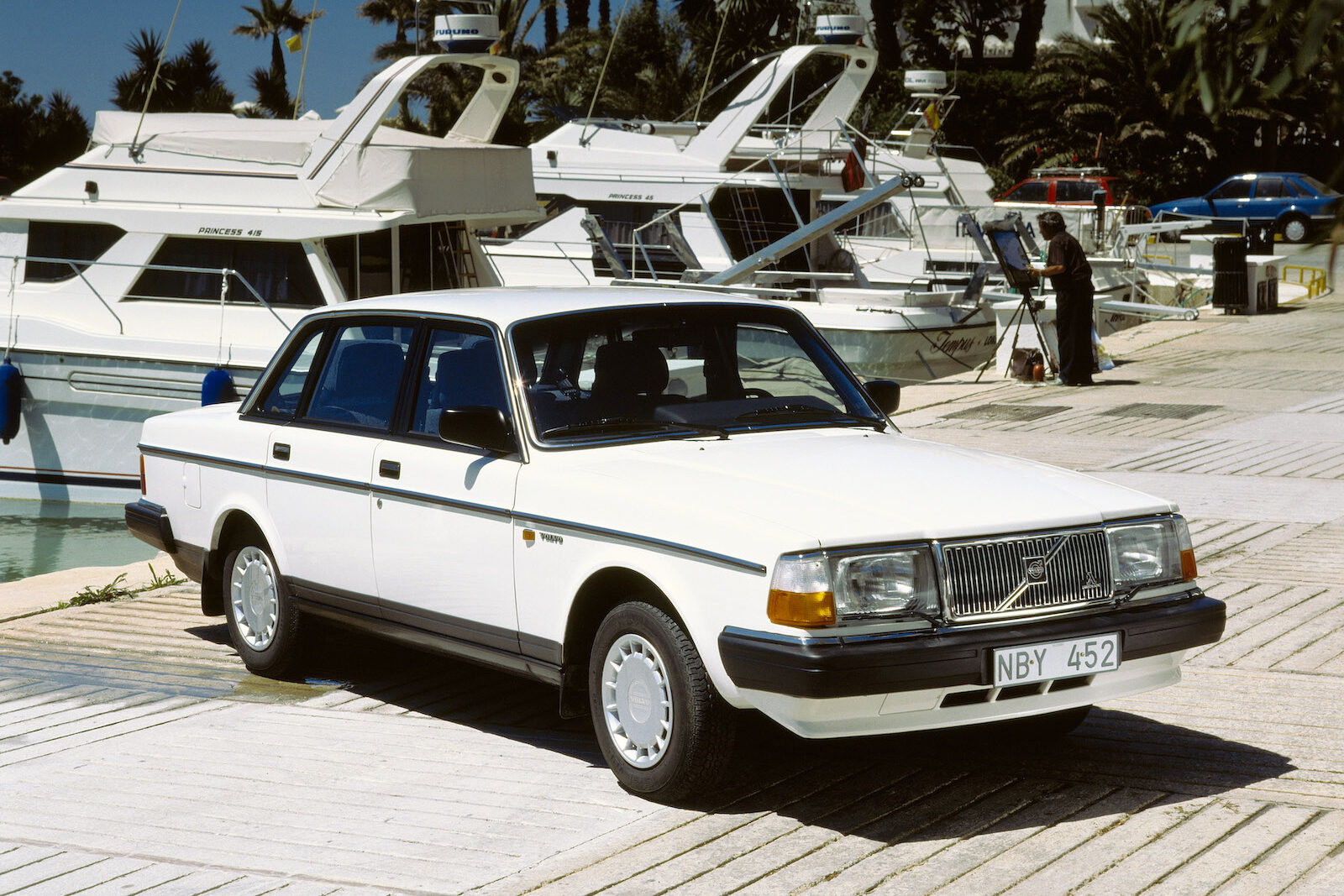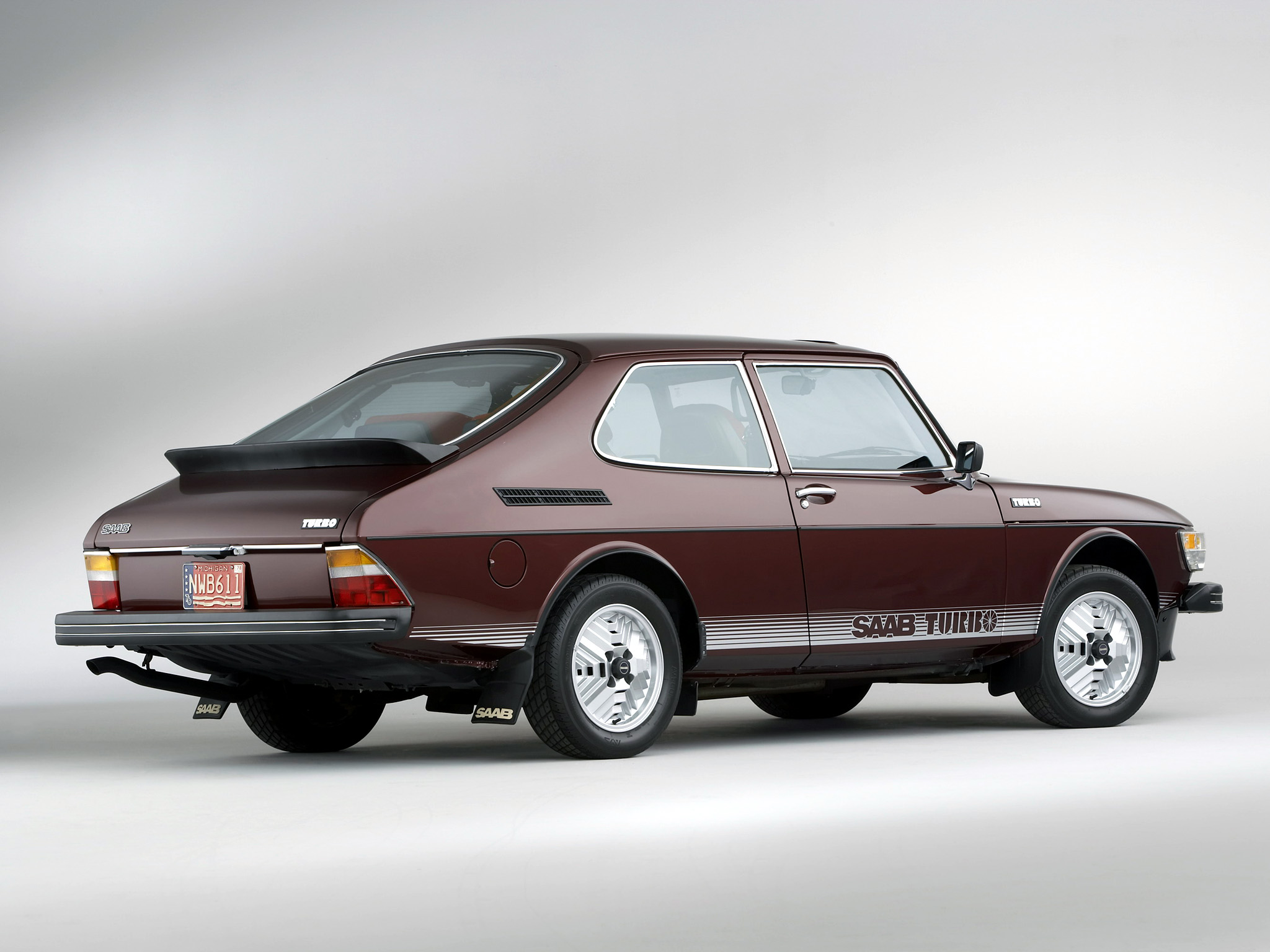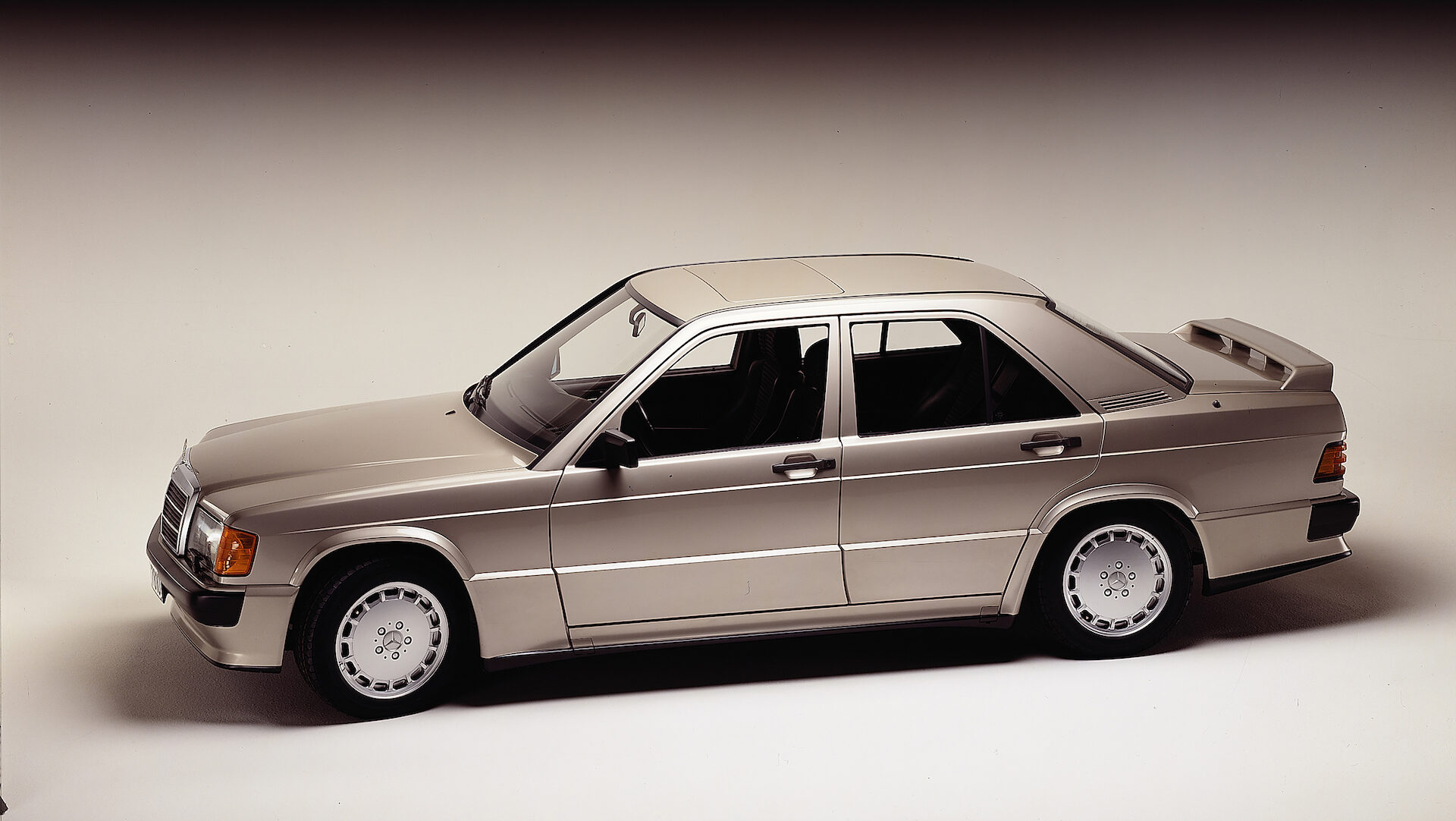Cliff Chambers has a long association with rallying, from spending frosty mornings watching cars barrel down Canberra’s notorious ‘Mineshaft’ to later managing Subaru’s Championship-winning team in the 1980. In this series, Cliff takes a look back at the cars that have been most influential in the sport. This is the fifth of 10 instalments.
It is fair to say that no other car has had more influence on the sport of rallying than Audi’s iconic five-cylinder, all-wheel drive, turbocharged coupe.
The Audi quattro (for grammar nerds, it’s always meant to be lower case) won the World Rally Championship in 1982 but was brought back to the pack as rival brands Opel and Lancia developed cars to match the Audi’s advanced technology.

In response, Audi for the 1984 World Rally Championship developed a Sport version of the quattro on a shorter wheelbase with weight moved towards the rear of the car.
Significant changes included deletion of the central differential and mounting the radiators behind the cabin where they were fed by side- and roof-mounted ducts.

Later E2 versions of the Sport were said to be the most powerful of the homologated Group B cars, but were also difficult to handle even for Audi’s ‘dream team’ of drivers.
After winning its second WRC title in 1984, Audi stepped back, leaving the specially developed Lancia Delta S4 and Peugeot 205-16 to do battle.

The brand then got serious about a prestigious event in the brand’s most important export market – the Pikes Peak International Hill Climb near Colorado, USA.
First with Michèle Mouton in 1985 and then in 1987 with Walter Röhrl, Audi set and then re-set records for the heart-in-mouth 20km, 4300m climb, which is laced with 156 corners.
Want to know more about the history of automotive rallying? Click here to find out.

